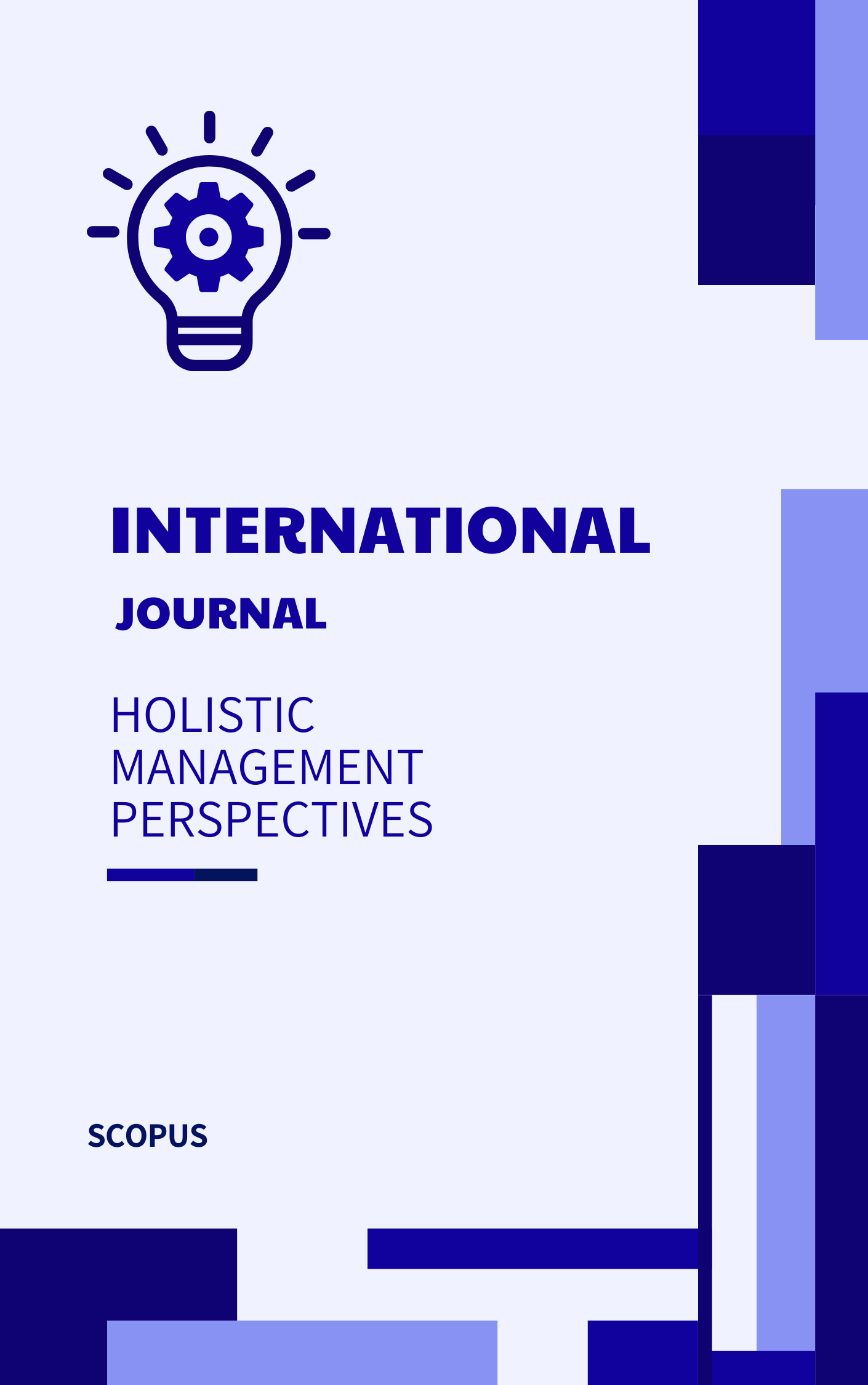AI-Driven Stress Detection in Mobile Health Platforms Using Real-Time Emotion and Sentiment Analysis
Abstract
This paper proposes an AI-driven stress detection system for mobile health platforms. By analyzing real-time facial expressions and sentiment in patient communications, the system provides healthcare providers with early warnings of emotional stress, enabling timely interventions.
Downloads
References
Ekman, P., & Friesen, W. V. (2003). Unmasking the face: A guide to recognizing emotions from facial expressions. Malor Books.
Goodfellow, I., Bengio, Y., & Courville, A. (2016). Deep learning. MIT Press.
Hinton, G., & Salakhutdinov, R. (2006). Reducing the dimensionality of data with neural networks. Science, 313(5786), 504-507. https://doi.org/10.1126/science.1127647
Hochreiter, S., & Schmidhuber, J. (1997). Long short-term memory. Neural Computation, 9(8), 1735-1780. https://doi.org/10.1162/neco.1997.9.8.1735
Ko, B. C. (2018). A brief review of facial emotion recognition based on visual information. Sensors, 18(2), 401. https://doi.org/10.3390/s18020401
LeCun, Y., Bengio, Y., & Hinton, G. (2015). Deep learning. Nature, 521(7553), 436-444. https://doi.org/10.1038/nature14539
Liu, B., & Zhang, L. (2012). A survey of opinion mining and sentiment analysis. Mining Text Data, 415-463. https://doi.org/10.1007/978-1-4614-3223-4_13
McDuff, D., & El Kaliouby, R. (2015). Applications of automatic facial coding in media measurement. IEEE Transactions on Affective Computing, 6(2), 190-202. https://doi.org/10.1109/TAFFC.2015.2445334
Mehrabian, A. (1971). Silent messages: Implicit communication of emotions and attitudes. Wadsworth Publishing Company.
Mittal, T., Bhattacharya, U., Chandra, R., Bera, A., & Manocha, D. (2020). EmotiCon: Context-aware multimodal emotion recognition using frege's principle. 2020 IEEE/CVF Conference on Computer Vision and Pattern Recognition (CVPR), 14234-14243. https://doi.org/10.1109/CVPR42600.2020.01425
Poria, S., Cambria, E., Bajpai, R., & Hussain, A. (2017). A review of affective computing: From unimodal analysis to multimodal fusion. Information Fusion, 37, 98-125. https://doi.org/10.1016/j.inffus.2017.02.003
Russell, J. A. (1980). A circumplex model of affect. Journal of Personality and Social Psychology, 39(6), 1161-1178. https://doi.org/10.1037/h0077714
Pillai, S. E. V. S., & Hu, W. C. (2023, May). Misinformation detection using an ensemble method with emphasis on sentiment and emotional analyses. In 2023 IEEE/ACIS 21st International Conference on Software Engineering Research, Management and Applications (SERA) (pp. 295-300). IEEE.
Kalla, D., Smith, N., Samaah, F., & Polimetla, K. (2022). Enhancing Early Diagnosis: Machine Learning Applications in Diabetes Prediction. Journal of Artificial Intelligence & Cloud Computing. SRC/JAICC-205. DOI: doi. org/10.47363/JAICC/2022 (1), 191, 2-7.
Scherer, K. R., Bänziger, T., & Roesch, E. B. (2010). A blueprint for affective computing: A sourcebook and manual. Oxford University Press.




